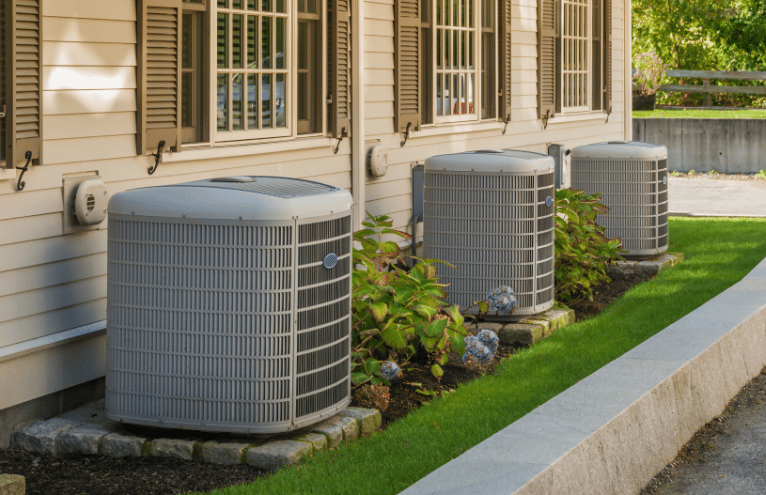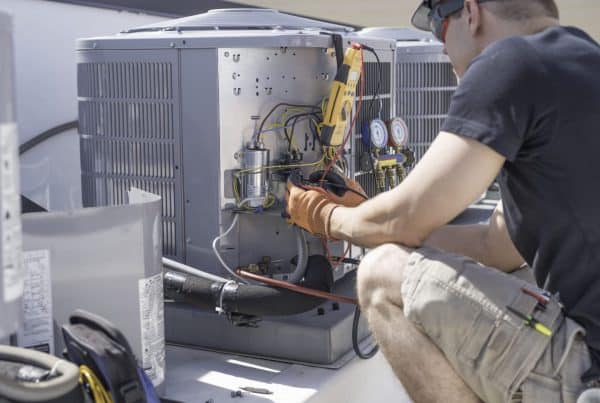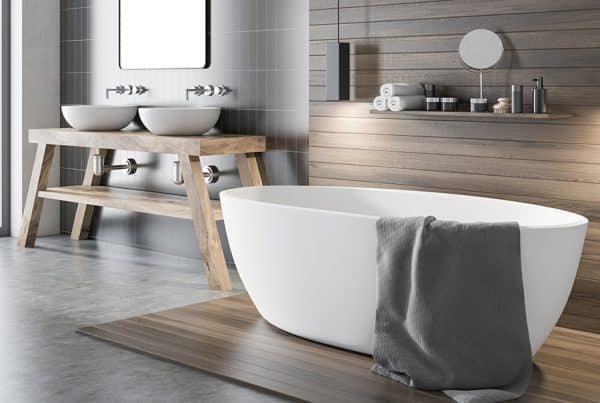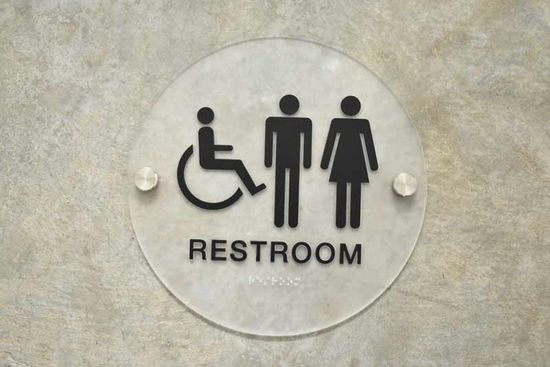HVAC is a term that covers many different aspects of heating, ventilation, and air conditioning. The systems at myairtoday are used in buildings to control indoor and outdoor temperatures and adjust them when needed. The basic function of HVAC is to ensure that buildings are comfortable environments. Throughout the course of a day, people will likely use HVAC systems to stay warm, cool, or comfortable.
Heating
If you’re a homeowner, you’ve probably heard that heating and cooling systems are interconnected. While this is true to a certain extent, HVAC systems are more complex than just the two. They involve control systems and design. Contractors estimate the capacity of a home and then design and install the HVAC system to meet that capacity. They also select the appropriate refrigerant and components. Building service designers and mechanical engineers analyze the system before it is installed, and specialty mechanical contractors and suppliers install and fabricate the components. In addition, building permits and code compliance inspections are required for all sizes of buildings.
An HVAC system includes two main components, a furnace and an air handler. They are typically located in the garage, basement, or attic. These units provide heating and cooling by dispersing air through ductwork. The furnace, which is a large component of HVAC systems, generates heat by burning fossil fuels or electricity. The air handlers include an evaporator coil, which is located in a metal enclosure.
Air conditioning
In the HVAC industry, air conditioning is an important component. This technology allows you to control the temperature and humidity in a space, regardless of the type of environment. Air conditioning units are typically connected to a central system, which moves the air through a network of ducts or registers. However, there are also a number of systems that direct air directly into a space.
Air conditioners and heat pumps have several parts, including a heat pump and an evaporator coil. The evaporator coil collects warm air in a room, then cools it down and distributes it throughout the home. When this process is finished, the refrigerant returns to the condenser coil, where it begins the cooling cycle all over again. The evaporator coil also produces condensation, which lowers the temperature of indoor air and saves energy during the summer months.
Ventilation
Ventilation is an important process in HVAC. This process helps to remove humidity and other pollutants from the air, thus improving the quality of indoor air. This process is important for both residential and commercial buildings, as well as hospitals, automobiles, and marine environments. Its components include a furnace or boiler, an air handler, an evaporator, and a thermostat.
Ventilation in HVAC works by adjusting temperature, air flow, and pressure. The temperature is set to a level that is comfortable for humans, and humidity is kept at between thirty and sixty percent. The air flow is also important to ensure proper air circulation throughout the space. Fresh air is also introduced into the building, which reduces the risk of air infiltration.
Air purifiers
An air cleaner is a device that can filter pollutants and viruses from the air. They are designed to reduce the number of toxins in the air and have several benefits for the health of occupants. However, an air cleaner must be the appropriate size for the space it is installed in. Typically, the manufacturer will specify the area in square feet that should be covered by the device. It should also be designated as a HEPA unit, meaning that it can remove particles in the 0.1 to 1 um size range.
Most air cleaning devices are expensive, but they are most cost-effective when installed with a new HVAC system. They are helpful in controlling odors, particulates, and other pollutants that cause allergies and respiratory problems. However, it is best to eliminate the source of the pollutant first, since this will reduce the health effects of indoor air pollution. Therefore, the EPA recommends removing all sources of pollutants and mold first before installing a purifier.








